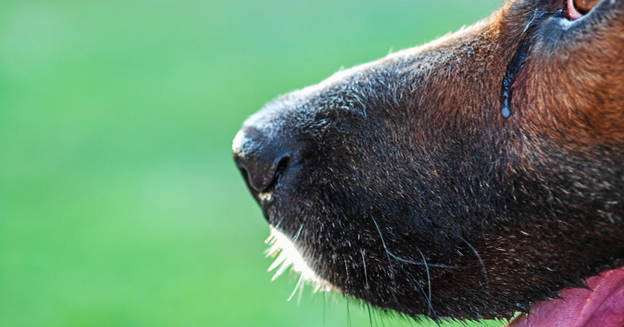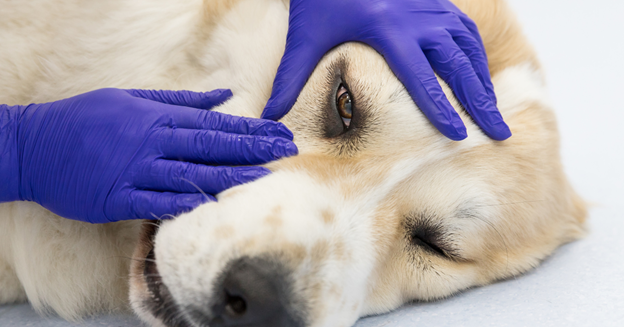This article is courtesy of Pet Scoop in Denver
Hello, devoted dog enthusiasts! Have you ever wondered why your beloved canine companion sometimes sports those tear stains around their eyes? Those charming yet mysterious marks can leave us perplexed. In this article, we will dive deep into the world of tear stains, uncovering their causes, and providing practical solutions to keep your furry friend’s eyes clear and bright.
Understanding Tear Stains:
Before we delve into solutions, let’s grasp the basics. Tear stains are those reddish-brown streaks that often appear beneath a dog’s eyes. They are more common in certain breeds and can be caused by a variety of factors.
- Tear Production and Drainage: Some dogs, especially those with short muzzles like Bulldogs and Shih Tzus, may experience tear drainage issues due to their facial structure. Tears are meant to keep the eyes moist and healthy, but when they don’t drain properly, they can lead to tear stains. A practical solution is to regularly wipe your pup’s eyes with a soft cloth and consult your vet about tear duct health during routine check-ups.
- Red Yeast Infection: A leading cause of tear stains is the presence of red yeast, which thrives in warm and humid environments. This yeast produces red pigments that result in those unsightly marks. Combat red yeast with tear stain removers, specially formulated to hinder its growth. These solutions are a valuable addition to your grooming routine to ensure your dog’s fur remains pristine.
- Porous Facial Hair: Certain breeds like Maltese and Poodles have porous facial hair that allows tears to penetrate the hair shafts, leading to staining. The solution here is proactive grooming. Keeping the hair around your dog’s eyes neatly trimmed reduces the likelihood of tear stains. Regular grooming not only enhances their appearance but also minimizes staining.

Image Credit: Nadya So from Getty Images
- Allergies and Sensitivities: Allergies, whether environmental or food-related, can lead to excessive tearing and tear stains. To address the root cause, consult your vet to identify potential allergens. Adjust your dog’s diet if necessary and ensure their living environment is free from irritants. A hypoallergenic grooming routine and a healthy diet can work wonders.
- Blocked Tear Ducts: Blocked tear ducts can impede normal drainage, leading to tear stains. A vet visit is essential to rule out any structural issues. For mild cases, warm compresses can help open blocked ducts. More severe cases may require medical intervention, so keep a close eye on your pup’s eye health.
- Water Quality: The quality of the water your dog drinks can impact tear stains, particularly in areas with hard water. Opt for filtered water to ensure your dog is drinking clean, pure water. This simple adjustment can make a noticeable difference in reducing tear stains caused by impurities and minerals in tap water.
- Irritants in the Environment: Shield your dog’s eyes from environmental irritants by avoiding smoke exposure and keeping their living spaces well-ventilated. Regular eye cleaning with veterinarian-approved solutions can also help combat irritation and reduce tearing.
- Excessive Tearing Due to Eye Conditions: Detecting and addressing underlying eye conditions is crucial. Regular veterinary check-ups will ensure early identification of issues. If your pup experiences excessive tearing due to an eye condition, your vet will provide a tailored treatment plan.

Image Credit: dimaberlinphotos
Unraveling the enigma of tear stains involves a holistic approach. By understanding the causes and implementing proactive solutions, you can ensure your canine companion’s eyes remain bright, clear, and free from those charming yet sometimes pesky tear stains.
So, let’s embark on this journey together, promoting the well-being and radiance of our beloved four-legged friends! Remember, a clear-eyed pup is a happy pup.





